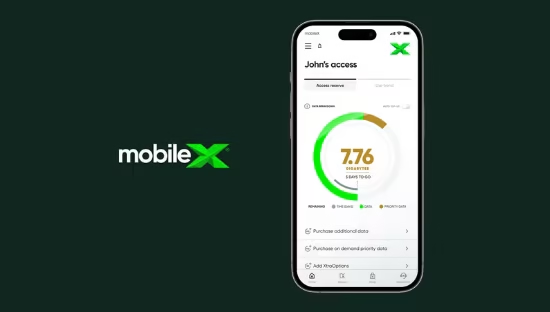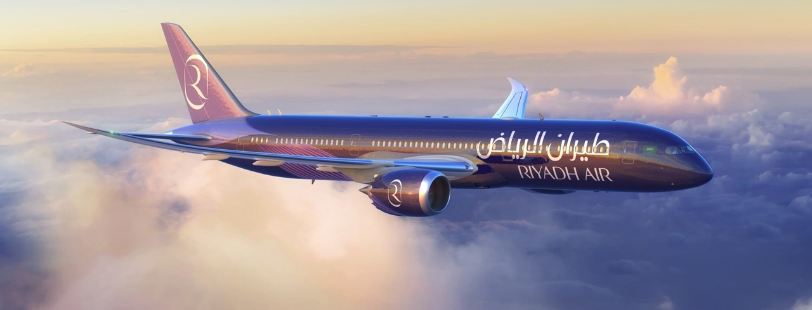
Dragonpass Bets on Emotional Intelligence to Redefine Loyalty
Dragonpass, once known primarily as a lounge-access provider, has stepped firmly into the billion-dollar club. The company has unveiled its first Loyalty Index—a deep dive into what actually makes consumers stay loyal to brands, and why so many loyalty schemes fail to deliver.
Today, Dragonpass powers loyalty programs for some of the world’s biggest financial names—Visa Airport Companion, Mastercard Travel Pass, Revolut’s lounge access, and Investec inTransit. With over 40 million members and 37 of the top 50 global banks in its portfolio, Dragonpass has quietly become a backbone of financial loyalty. But its new Loyalty Index signals something bigger: a push to redefine how the loyalty market works in an era where consumers are skeptical, overloaded, and often disappointed.
Loyalty Promises vs. Loyalty Fatigue
Dragonpass’ research paints a sobering picture. Nearly half of UK consumers say loyalty rewards don’t match their lifestyle, while more than 80% are frustrated by vague or confusing offers. The pressure is rising: one in five consumers starts looking elsewhere after just two years. At the same time, loyalty spikes in importance during financial uncertainty—30% admit they lean on loyalty programs more when money is tight.
External data backs up the fatigue narrative. According to Antavo’s 2024 Global Customer Loyalty Report, 70% of UK programs lack any clear point of difference—higher than the global average of 53%. The Competition and Markets Authority adds another layer: three-quarters of UK consumers saw no change in loyalty pricing last year, highlighting a stagnant market.
It’s no wonder traditional points-based programs often struggle to stand out.
The Five Loyalty Languages
Dragonpass breaks loyalty down into five “languages” that capture how people actually experience it:
- Trust (37%): Reliability, security, family tradition.
- Rewards (31%): Tangible perks and real-life value.
- Simplicity (20%): Seamless, hassle-free use.
- Recognition (7%): Feeling seen and appreciated.
- Exclusivity (5%): VIP access, priority treatment.
Together, Trust and Rewards account for nearly 70% of UK consumers—showing that emotional reassurance and practical benefits still matter far more than flashy “VIP” labels.
A Silent Backbone for Banks
Dragonpass’ growth strategy looks very different from consumer-facing loyalty startups. Instead of chasing headlines or pouring millions into branding, it has built a silent infrastructure that banks and fintechs can plug into. Users interact with their card issuer, not Dragonpass. Behind the scenes, APIs, SDKs, and localised services do the heavy lifting.
This approach has made Dragonpass the world’s largest aggregator of airport fast-track lanes, and it has steadily expanded into adjacent services such as dining, wellbeing, and even eSIMs. In other words, loyalty is becoming an ecosystem, not just a set of perks.
Where Dragonpass Fits in the Loyalty Race
The Loyalty Index underscores a shift already playing out across the market. Players like Collinson (Priority Pass) and LoungeKey continue to focus on premium travel benefits, but face growing competition from fintech-driven programs that offer lifestyle-centric value. Meanwhile, companies like Antavo and Comarch are positioning loyalty as a tech-first SaaS product, helping brands build their own platforms from scratch.
Dragonpass sits somewhere in between. Its “silent distribution” model makes it a backbone provider, closer to Collinson than Antavo—but with a broader ecosystem vision. Where Collinson leans heavily on airport lounges, Dragonpass is diversifying into daily-use categories like dining and digital services.
The industry trend is clear: the future of loyalty will not be about stacking up points, but about weaving emotional trust with seamless, useful benefits. McKinsey has repeatedly flagged that consumers who feel emotionally connected to a brand deliver two to three times the lifetime value compared to those who don’t. Dragonpass’ focus on “loyalty languages” seems well aligned with that insight.
Conclusion: Loyalty’s Next Chapter
Dragonpass’ Loyalty Index isn’t just a glossy PR exercise—it reflects a market reality where old loyalty models are collapsing under their own weight. Points and perks alone no longer cut it. Consumers want clarity, simplicity, and emotional connection.
Unlike Collinson, which still dominates the lounge space, Dragonpass is betting on breadth: building a loyalty backbone that extends into lifestyle and digital services, all delivered quietly through banks and fintechs. Compared to Antavo’s SaaS-style play, Dragonpass looks less flashy but potentially more resilient, thanks to its deep integration with financial giants.
The bigger story is this: loyalty is moving from transactions to emotions, from perks to trust. Dragonpass’ $1 billion milestone and new Index make one thing clear—the winners in this space will be those who treat loyalty less as a marketing gimmick and more as a long-term psychological contract with the customer.









